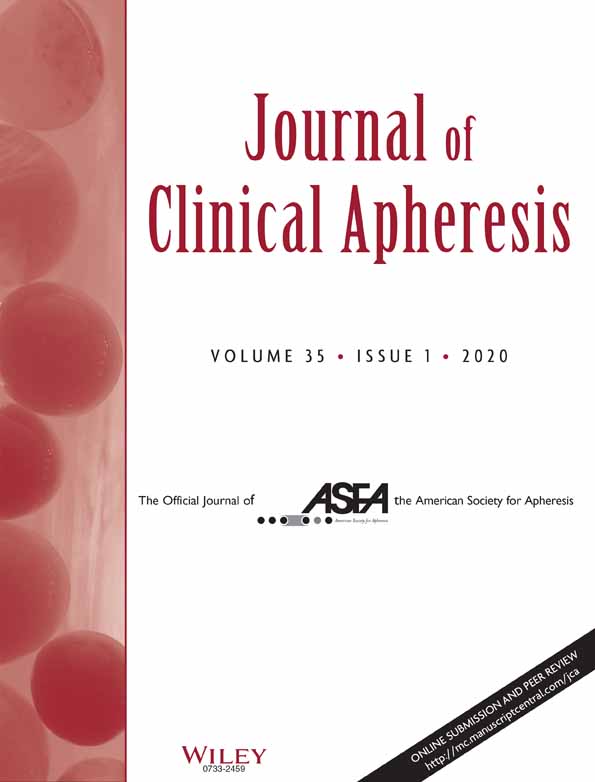The comparison of effectiveness and safety between different biosimilars of G-CSF in the mobilization of peripheral blood stem cells (PBSCs) for autologous transplantation (autologous peripheral blood stem cell transplantation, auto-PBSCT)
Abstract
Background
Autologous peripheral blood marrow stem cell transplantation (auto-PBSCT) preceded by high-dose chemotherapy is a well-known method of treatment for patients with hematological cancers. Performing the procedure entails obtaining from the patient their own stem cells from peripheral blood using G-CSF. Currently, various filgrastim biosimilars are widely used.
Aim of the Study
The purpose of this study is to compare the efficacy and safety of three different biosimilars of filgrastim in PBSC mobilization in patients with hematological malignancies.
Materials and Methods
This is a retrospective analysis of 282 patients (118 women and 164 men) who underwent stem cells mobilization for auto-PBSCT in the Department of Hematology in Wroclaw in 2012-2014. Three filgrastim biosimilars were used: Tevagrastim (95), Nivestim (92), and Zarzio (95). Ninety patients (32%) were diagnosed with multiple myeloma, 55 (19%) with Hodgkin's lymphoma, 90 (32%) with NHLs, 20 (7%) with acute myeloid leukemia, and 27 (10%) with another hematological cancer.
Results
The mean number of CD34+ cells collected during the first leukapheresis was 5.95 × 106/kg for Tevagrastim, 7.08 × 106/kg for Nivestim, and 6.8 × 106/kg for Zarzio (P > .05). The necessary number of leukapheresis for patients receiving Zarzio, Nivestim, and Tevagrastim was 1.32, 1.37, and 1.66, respectively (P > .05). The percentage of effective mobilizations was 88.2% for Zarzio, 86.2% for Nivestim, and 84.9% for Tevagrastim. The side effects included bone pain and headache.
Conclusion
All tested biosimilars demonstrated similar effectiveness and safety profiles in patients with hematological tumors undergoing PBSC mobilization; therefore, they can be used interchangeably.




